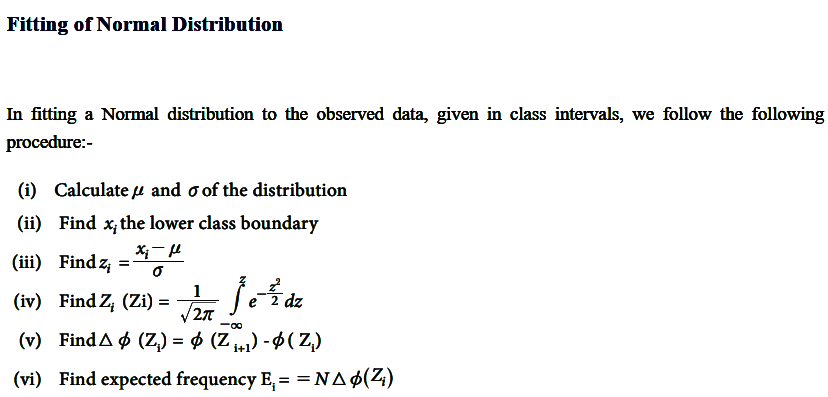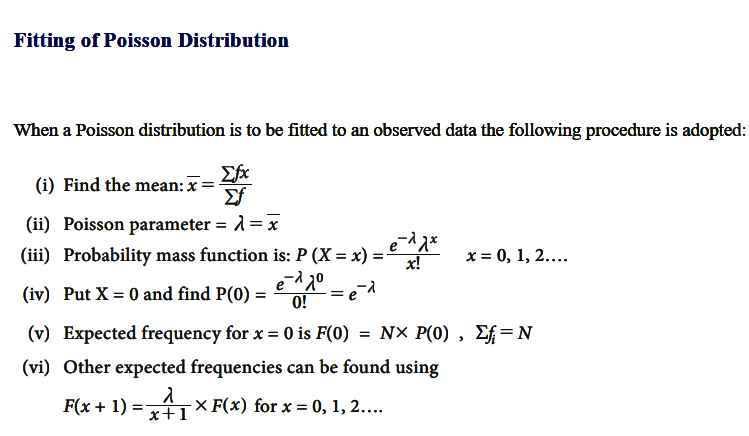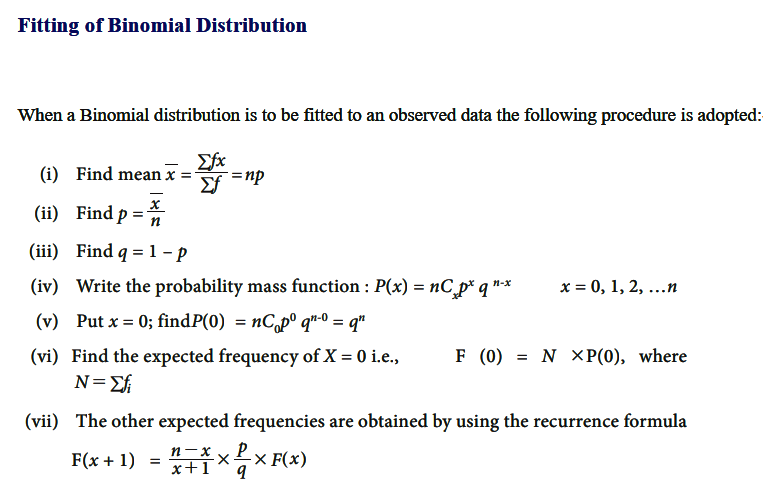Agile TEST MANAGEMENT: Key Principles
Agile test management is a critical component of Agile development methodologies, ensuring that testing processes align with the principles of agility. It involves adapting test strategies and practices to support iterative development, frequent releases, and collaboration between development and testing teams. Agile test management is guided by principles that emphasize collaboration, adaptability, automation, and a user-centric approach. By embracing these principles, teams can effectively integrate testing into the Agile development lifecycle, ensuring that quality is maintained throughout the process. The iterative and collaborative nature of Agile, coupled with a focus on continuous improvement, allows testing teams to deliver high-quality software in a dynamic and rapidly evolving environment.
Early and Continuous Testing:
- Principle:
Begin testing activities early in the development process and continue testing throughout the entire Agile lifecycle.
- Explanation:
Early and continuous testing helps identify defects sooner, reducing the cost of fixing issues and ensuring that quality is built into the product from the start.
Collaboration Between Teams:
- Principle:
Foster collaboration between development, testing, and other cross-functional teams.
- Explanation:
Close collaboration ensures that testing is integrated seamlessly into development workflows. Testers actively participate in discussions, share insights, and collaborate with developers to deliver a high-quality product.
Test-Driven Development (TDD):
- Principle:
Embrace Test-Driven Development as a practice where tests are written before the corresponding code.
- Explanation:
TDD promotes a focus on requirements and encourages the creation of automated tests. This approach ensures that code meets specifications and remains maintainable over time.
Continuous Integration and Continuous Testing:
- Principle:
Implement continuous integration and continuous testing practices to automate the build, test, and integration processes.
- Explanation:
Continuous testing in tandem with continuous integration ensures that changes are validated automatically, providing rapid feedback to developers and maintaining a reliable codebase.
Test Automation:
- Principle:
Prioritize test automation to increase testing efficiency and support the rapid pace of Agile development.
- Explanation:
Automated tests help expedite the testing process, provide faster feedback, and allow teams to focus on more complex testing activities. This is essential for achieving Agile goals of speed and frequent releases.
Risk-Based Testing:
- Principle:
Apply risk-based testing to identify and prioritize test efforts based on the impact and likelihood of potential issues.
- Explanation:
Prioritizing testing based on risk ensures that efforts are directed towards critical areas, enhancing the effectiveness of testing within time constraints.
Adaptability and Flexibility:
- Principle:
Be adaptable and flexible in response to changing requirements and priorities.
- Explanation:
Agile environments are dynamic, and testing processes must be agile as well. The ability to adapt to changing requirements and priorities ensures that testing remains aligned with project goals.
Continuous Improvement:
- Principle:
Embrace a culture of continuous improvement within the testing process.
- Explanation:
Regularly review and enhance testing practices based on retrospective feedback. Continuous improvement ensures that the testing process evolves to become more efficient and effective over time.
Shift-Left Testing:
- Principle:
Shift testing activities left in the development process to catch defects earlier.
- Explanation:
By moving testing activities closer to the beginning of the development cycle, issues are identified and addressed earlier, reducing the cost of fixing defects and enhancing overall product quality.
Clear Communication:
- Principle:
Maintain clear and open communication between team members, including testers, developers, and other stakeholders.
- Explanation:
Effective communication ensures that everyone is on the same page regarding testing objectives, progress, and potential challenges. It fosters collaboration and a shared understanding of quality goals.
Metrics for Continuous Feedback:
- Principle:
Utilize relevant metrics to provide continuous feedback on the testing process.
- Explanation:
Metrics such as test coverage, defect density, and test pass rates offer insights into the effectiveness of testing efforts. Continuous feedback helps teams make data-driven decisions for improvement.
User-Centric Testing:
- Principle:
Prioritize testing from the user’s perspective to ensure that the delivered product meets user expectations.
- Explanation:
User-centric testing considers the end-user experience and helps uncover issues related to usability, accessibility, and overall satisfaction.
Cross-Functional Skills:
- Principle:
Encourage cross-functional skills within the testing team to enable versatility and collaboration.
- Explanation:
Testers with a broad skill set, including domain knowledge, programming skills, and automation expertise, can contribute effectively to various aspects of Agile development.
Regression Testing Automation:
- Principle:
Automate regression testing to ensure that existing functionality remains intact as new features are added.
- Explanation:
Regression testing automation supports the continuous delivery of new features without introducing unintended side effects or breaking existing functionality.





